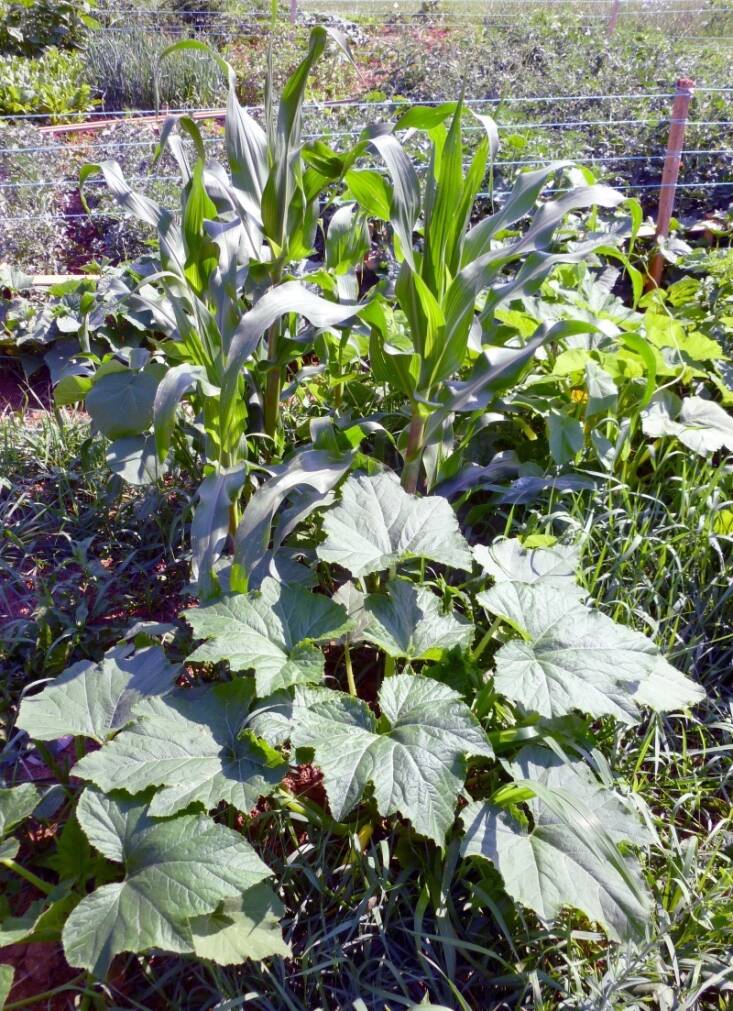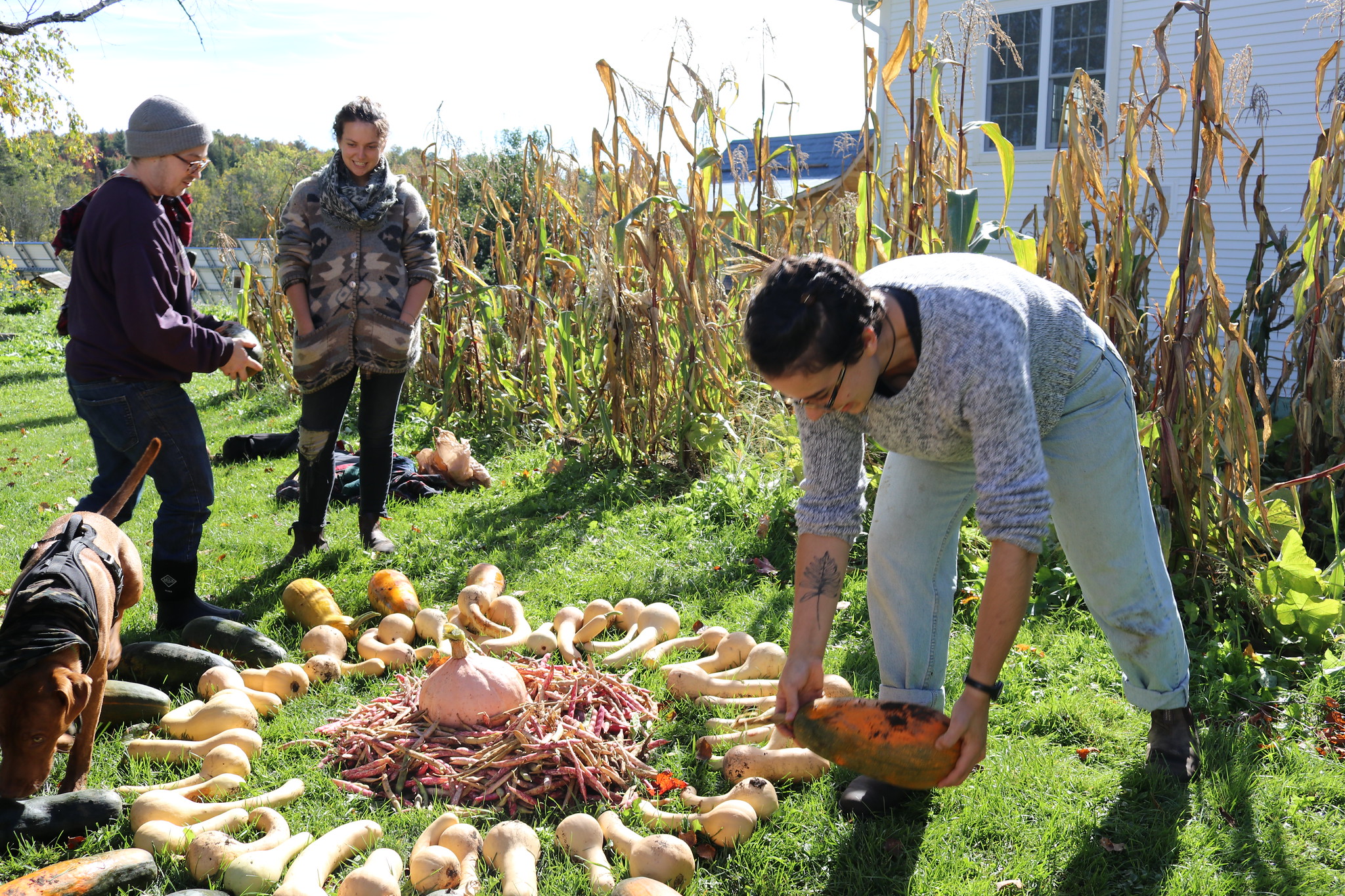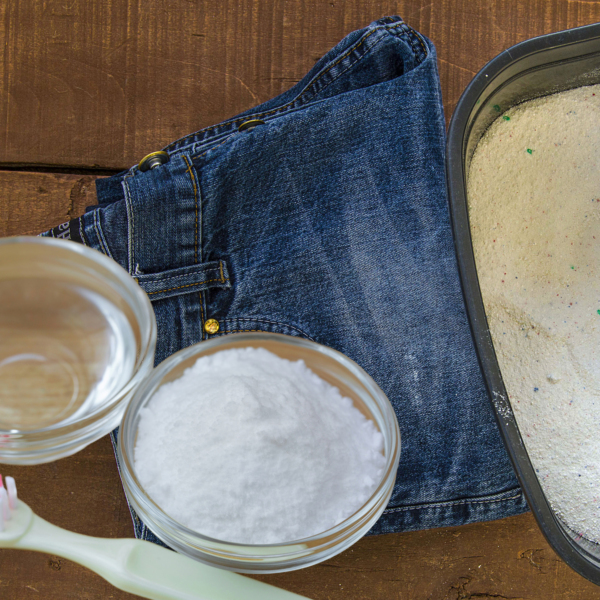Below the surface, the root structure of each crop is also a finely tuned machine. Corn roots are shallow and take up the top layer, bean roots travel deeper, and the squash roots take residence in the empty spaces. This interlocking root system helps establish a symbiotic relationships with fungi and bacteria. “The bacteria fix nitrogen into a form that plants can use, and fungi form mycorrhizae that improve water uptake and nitrogen and phosphate acquisition,” says Beronda.
What are the benefits of the Three Sisters garden?

Today, commercial agriculture spits out vast monocultures consisting of either corn, wheat, or soybeans, and while this one-crop method makes planting and harvesting easier, it doesn’t lead to higher productivity. “Growing plants that have complementary characteristics can lead to more sustainable growth,” writes Beronda. Basically, the benefits of this diverse Indigenous agricultural practice are productivity and a resilience gained by reciprocal relationships. Another positive aspect of the Three Sisters is that these three food sources together to make a complete and balanced meal. Corn is full of carbohydrates, beans are loaded with protein and have amino acids that are missing from corn, and squash possesses vitamins and minerals that corn and beans don’t have.
How do you plant the Three Sisters?

Just like all great relationships, timing is everything. Because these crops are warm season plants that detest frost, plan on installing these three crops in the spring when night temperatures are in the 50 degree range. Here’s what to do: Find a full sun spot and mound your soil about 4 inches high to help with drainage and soil warmth. You will be directly planting all three types of seeds together in the same mound but not at the same time. (Directly planting a seed will encourage a stronger root system and the plant won’t have to deal with transplant trauma.) Plant in this order: corn, beans, then squash.
- Plant 4 corn seeds first, 6 inches apart, so it can grow above the other sisters (make sure you get a tall variety).
- Next, plant 4 beans 3 inches from the corn, 2 to 3 weeks later (or when the corn is a few inches tall). Good options are pole beans or runner beans (not bush beans).
- Once the beans send out climbing tendrils (approximately 1 week later), plant 3 squash seeds 4 inches apart at the edge of the mound. Pumpkin, Butternut, winter squash or other vine-growing types work well. The reason you plant the squash last is that you don’t want the large squash leaves shading out your baby corn and beans before they grow up a bit.
Regarding spacing, make sure each plant has ample room to grow and not be crowded which could make them susceptible to pests and diseases. Also important is to plant enough of each crop for proper cross pollination. This is especially crucial for squash plants that need the help of insects to pollinate their flowers and for corn that appreciates a family of fellow corn. The other alternative is to plant all this in several rows, instead of a mound. A 10 x 10 foot square is the minimum size to ensure proper corn pollination.
Any other ‘sisters’ you can plant?
While the traditional sisters are corn, beans, and squash, you can substitute tall sunflowers, watermelons, zucchini, and amaranth, for example. The important thing to remember is incorporating plants that work in harmony together, that complement and help each other to become the best (and tastiest) they can be.
See also:
(Visited 9,428 times, 33 visits today)
Frequently asked questions
What is a Three Sisters garden?
A Three Sisters garden is a traditional Native American planting technique that combines three main crops – corn, beans, and squash – in a symbiotic relationship.
What are the benefits of a Three Sisters garden?
A Three Sisters garden provides several benefits including maximizing limited space, increased crop productivity, natural pest control, and improved soil fertility through symbiotic planting.
How does a Three Sisters garden work?
In a Three Sisters garden, corn is planted first as a vertical structure for the beans to climb. Beans fix nitrogen in the soil that benefits the other crops. Squash is planted between the corn and beans to provide ground cover and act as a natural weed barrier.
What type of corn, beans, and squash should be used in a Three Sisters garden?
For corn, choose a tall variety that provides a sturdy structure. Common bean varieties like pole beans or runner beans work well. For squash, select a vining variety that spreads along the ground.
How should the Three Sisters crops be planted?
First, prepare the soil by loosening it and removing weeds. Plant corn seeds in small groups or hills, with a spacing of about 1-1.5 feet. Once the corn reaches 4-6 inches in height, plant bean seeds around the base of each corn stalk. Finally, sow squash seeds in mounds or directly between the corn and bean rows.
How do the Three Sisters support each other?
The corn provides a vertical structure for the beans to climb, while the beans fix nitrogen in the soil, benefiting the corn and squash. The squash acts as a natural ground cover, reducing weed growth and conserving soil moisture.
What are some tips for maintaining a Three Sisters garden?
Ensure proper spacing between the corn, beans, and squash to avoid overcrowding. Provide adequate water during dry periods. Regularly check for pests and take appropriate measures. Also, provide support for the corn stalks to prevent lodging.
Can I add other crops to a Three Sisters garden?
While the traditional Three Sisters combination includes corn, beans, and squash, you can add other plants like flowering herbs, sunflowers, or even additional vegetables, as long as they don’t compete excessively with the main crops.
Can a Three Sisters garden be grown in containers or raised beds?
Yes, a Three Sisters garden can be adapted to containers or raised beds. Use large containers or raised beds with enough space for the corn, beans, and squash to grow and spread. Ensure adequate soil depth and fertility.
When and how should the crops be harvested?
Corn is typically harvested when the ears are fully mature and the silk turns brown. Beans can be picked when they are young and tender, or left to mature for drying. Squash can be harvested when it has reached the desired size and color.


